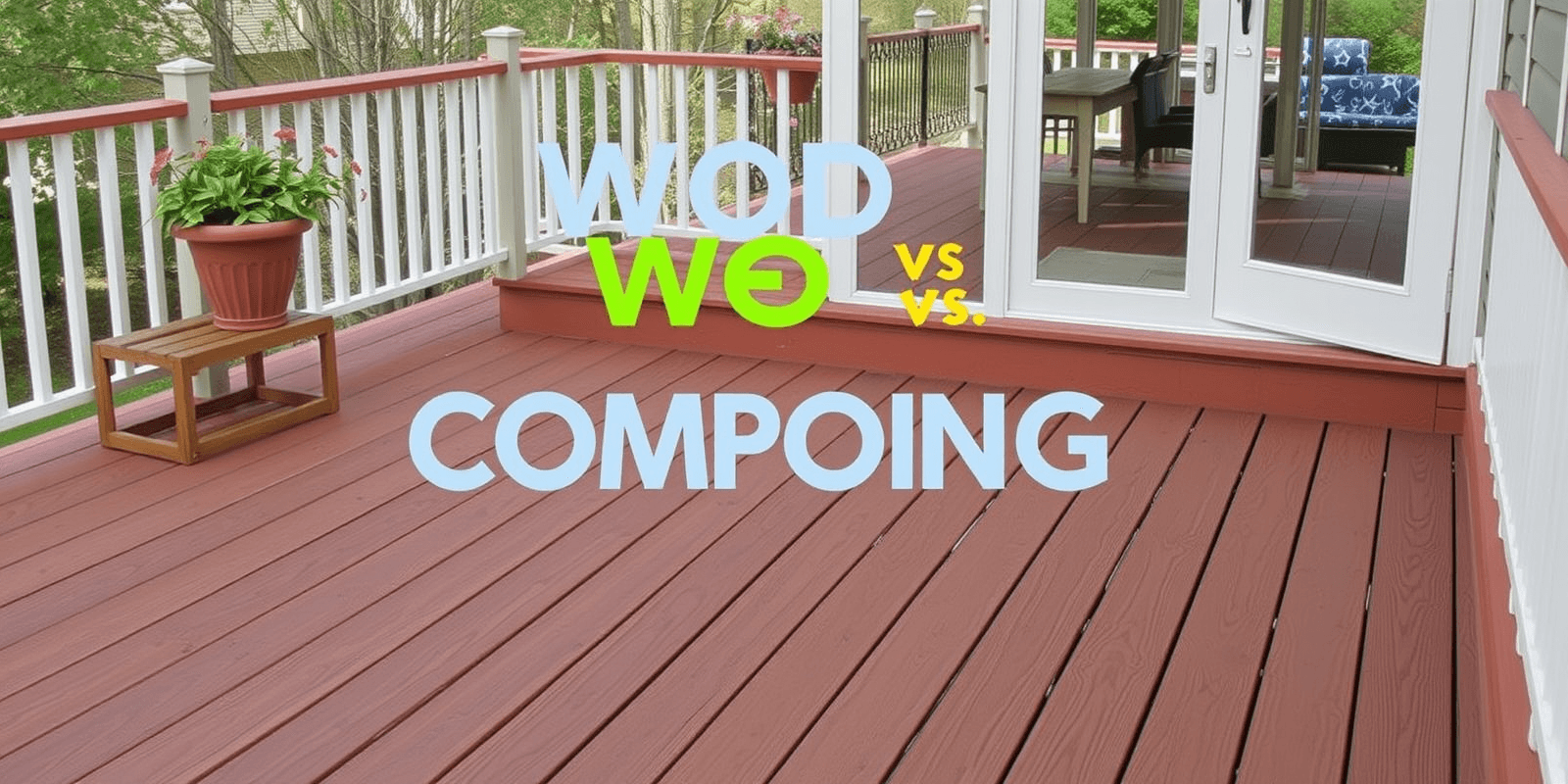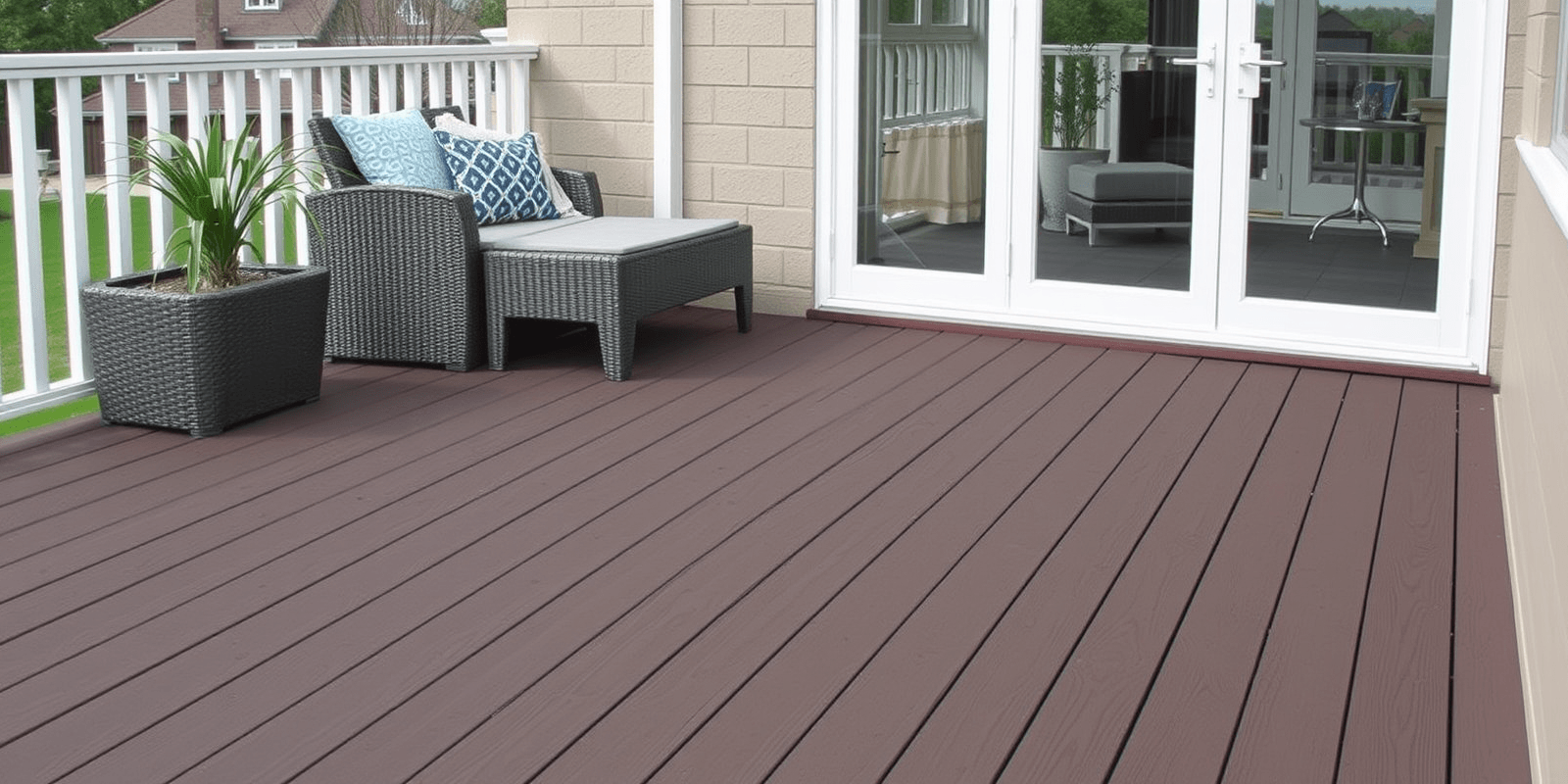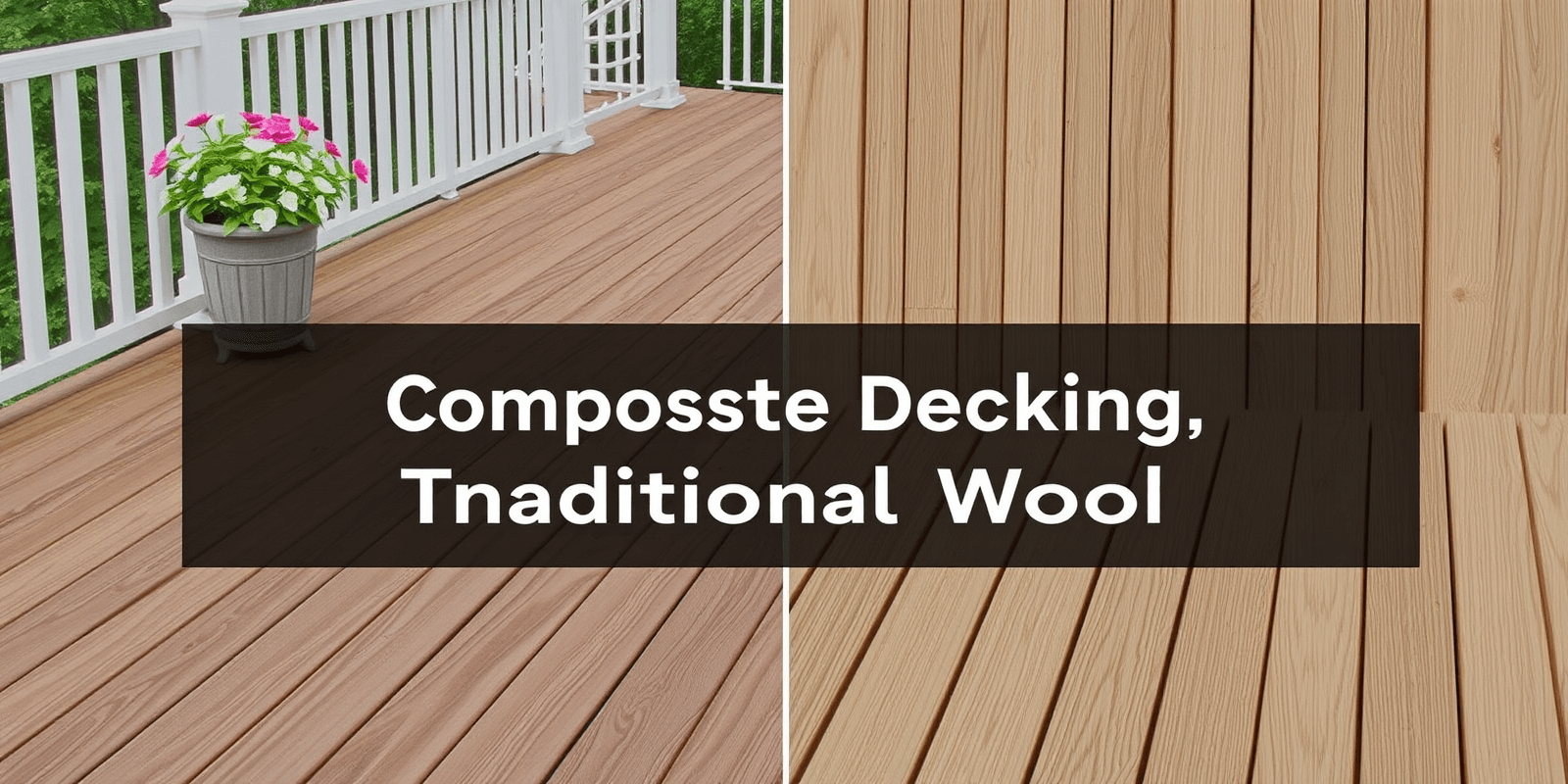“`html
Wood versus Composite Decking Cost
Explore the financial implications of choosing between wood and composite decking materials, including initial costs, installation, maintenance, and replacement.
Introduction
When it comes to building a deck, homeowners often face the dilemma of choosing between wood and composite materials. Each option has its own set of advantages and disadvantages, particularly when it comes to cost. This article delves into the initial costs, installation expenses, long-term maintenance expenses, and potential replacement costs associated with both wood and composite decking. Additionally, we’ll consider environmental and aesthetic factors that might influence your decision.
Initial Costs: Wood vs Composite Decking
The initial cost of materials is a critical factor in deciding between wood and composite decking. Generally, wood is less expensive upfront compared to composite materials. For instance, pressure-treated pine, a common choice for wooden decks, can cost around $3 to $8 per square foot. In contrast, composite decking materials like Trex or TimberTech typically range from $7 to $15 per square foot.
Installation Costs
Installation costs vary depending on the complexity of the project and local labor rates. On average, professional installation of a wooden deck can cost between $12 and $20 per square foot, whereas composite deck installation may run slightly higher at $15 to $25 per square foot. Factors such as the height of the deck, the type of substructure used, and any specialized features (like railings or lighting) can significantly impact the overall installation cost.
Maintenance Expenses Over Time
One of the most significant differences between wood and composite decking lies in their maintenance requirements. Wooden decks require periodic staining or sealing to protect against moisture, UV damage, and insect infestation. This maintenance can cost approximately $0.50 to $1.50 per square foot annually. Composite decks, on the other hand, are generally more resistant to weathering and require minimal upkeep, typically involving an annual cleaning and occasional resealing if necessary.
Potential Replacement Costs
Over time, the durability of materials plays a crucial role in determining replacement costs. While wooden decks may need partial replacement due to rot or insect damage, composite decks have a longer lifespan and are less prone to these issues. However, composite decking materials may occasionally require individual plank replacements, which can be costly but are less frequent than with wood.
Environmental and Aesthetic Considerations
From an environmental standpoint, composite decking is often seen as more sustainable because it is made from recycled materials and does not require regular chemical treatments. However, the production process of composites can be energy-intensive. Aesthetically, wood offers a natural look that many homeowners prefer, while composite materials come in various colors and textures that can mimic the appearance of wood without the same level of maintenance.
“`



